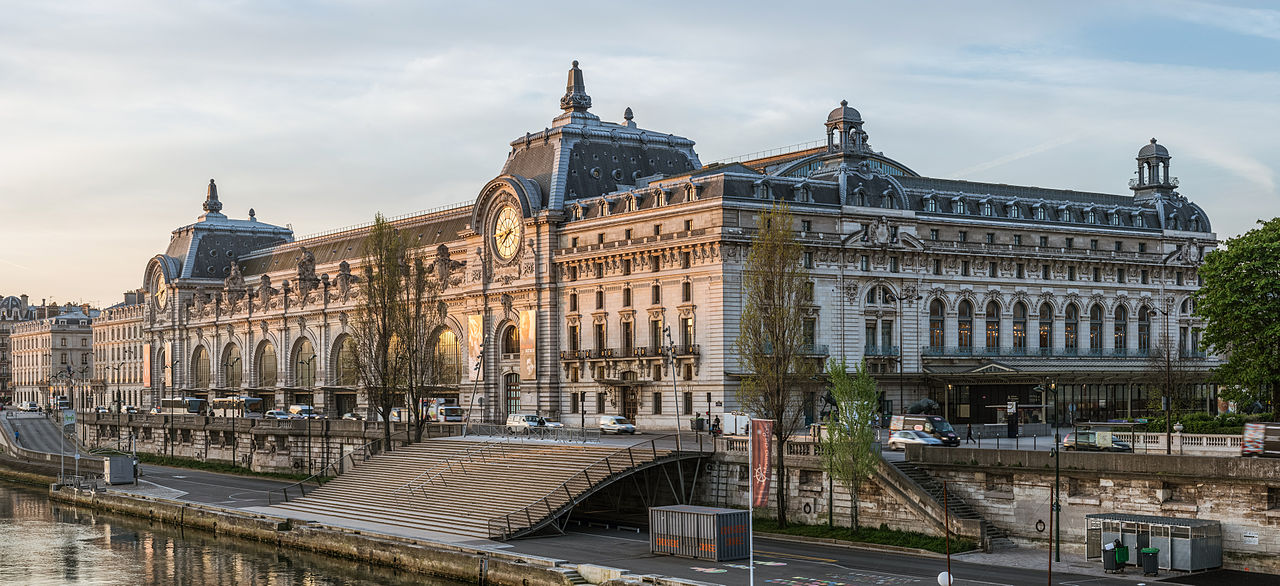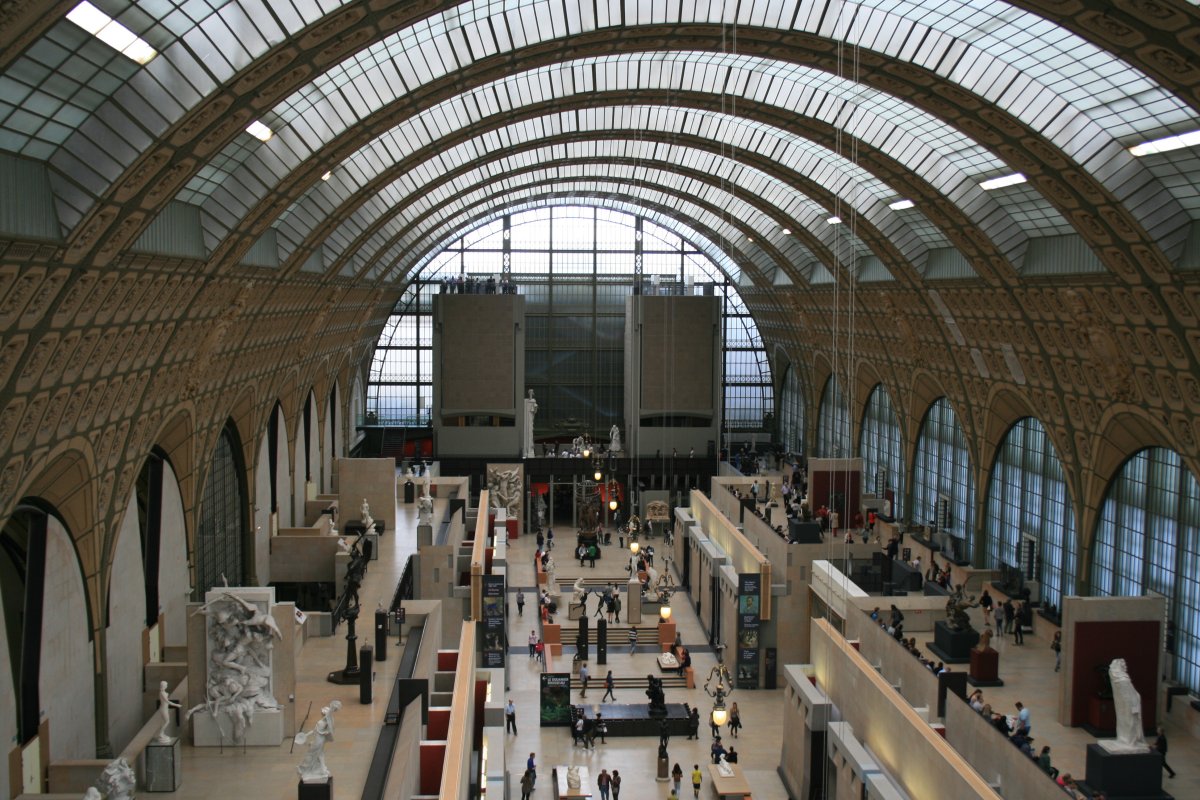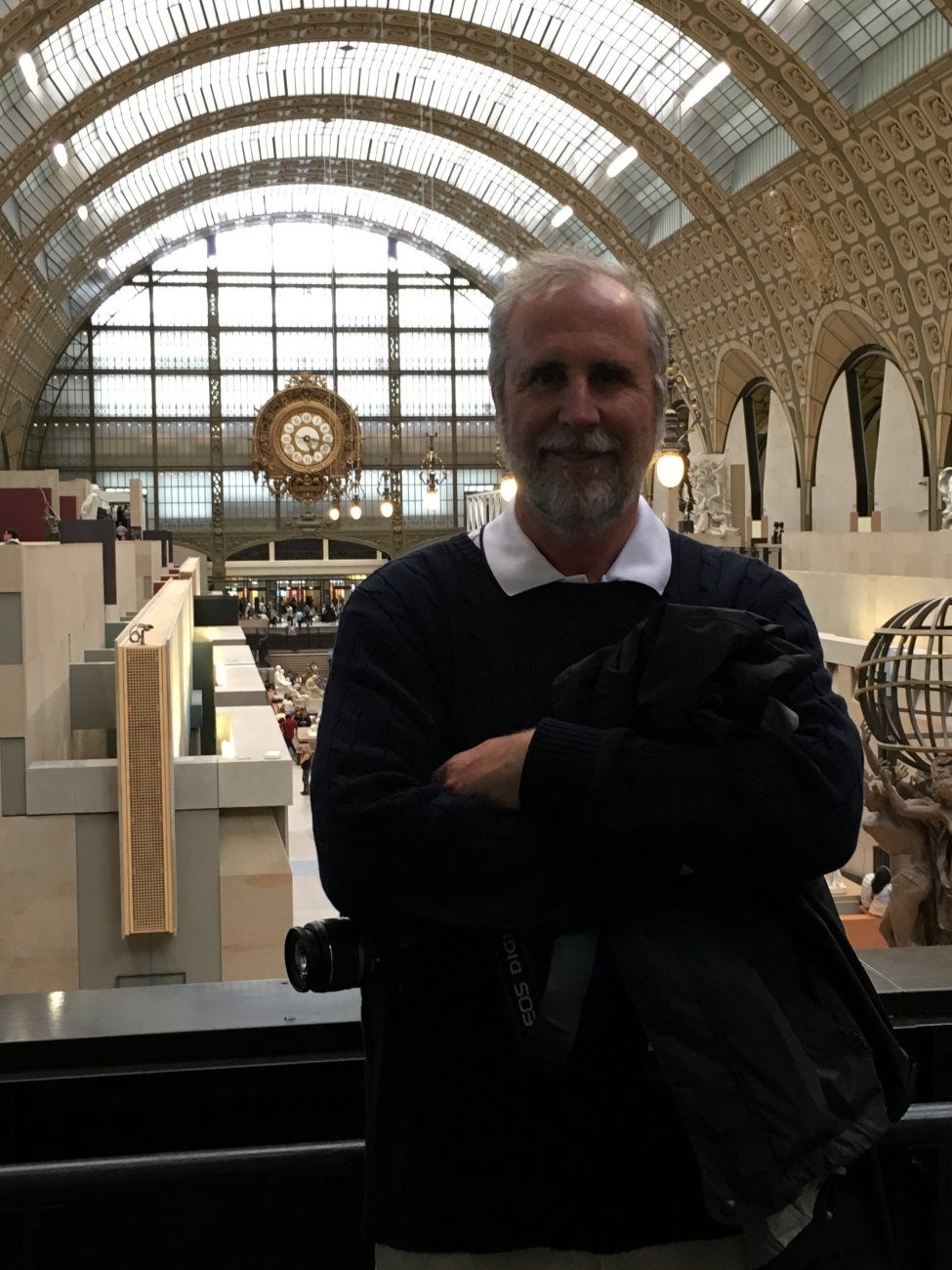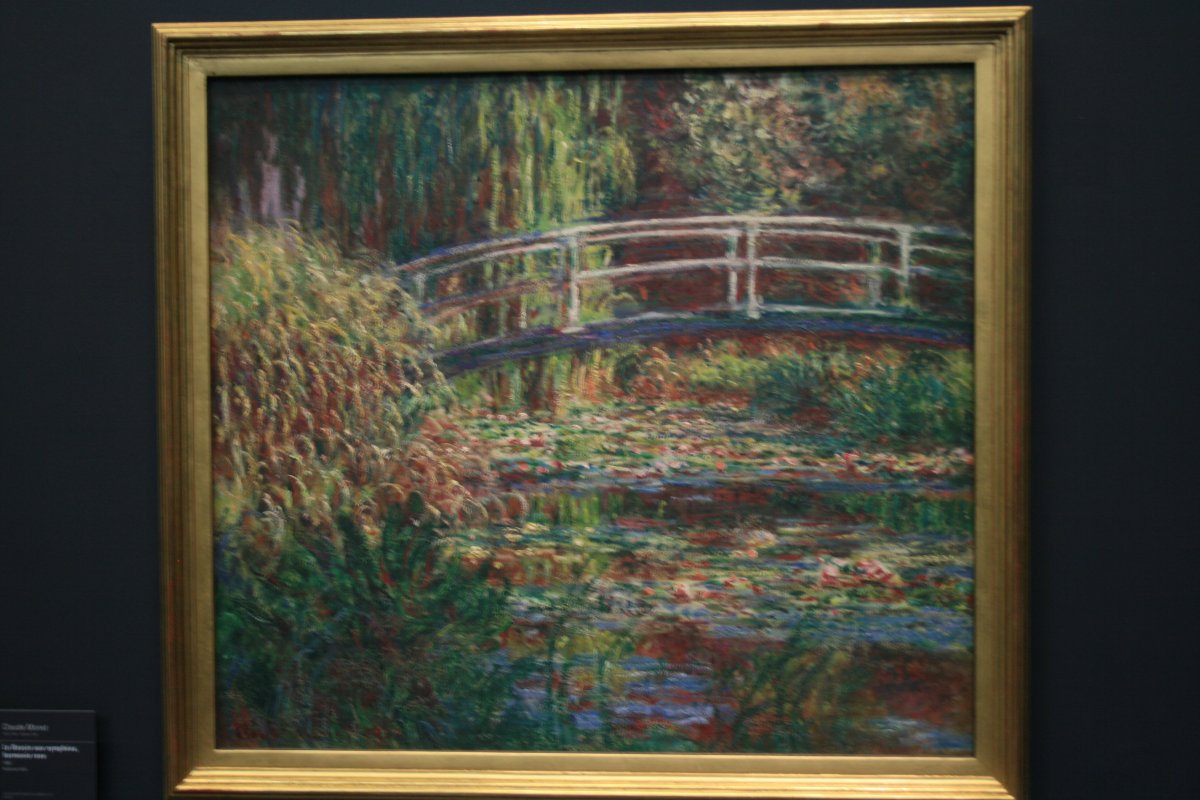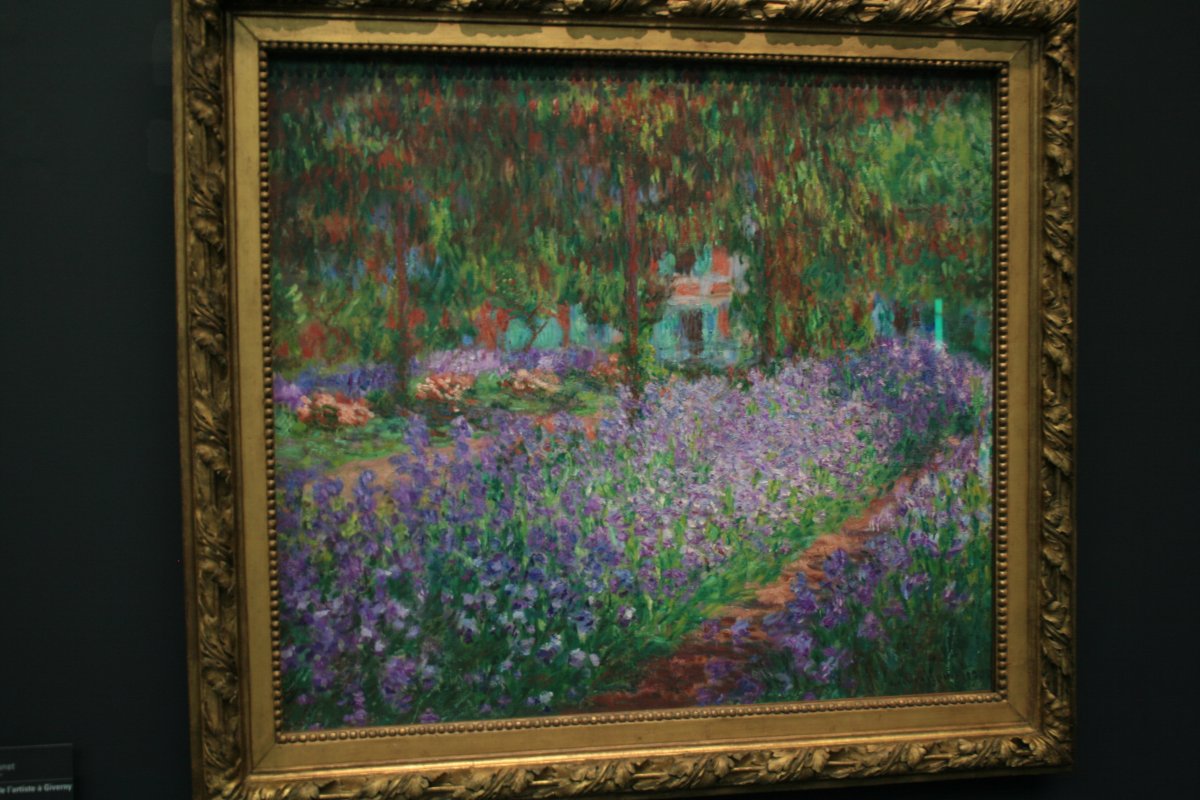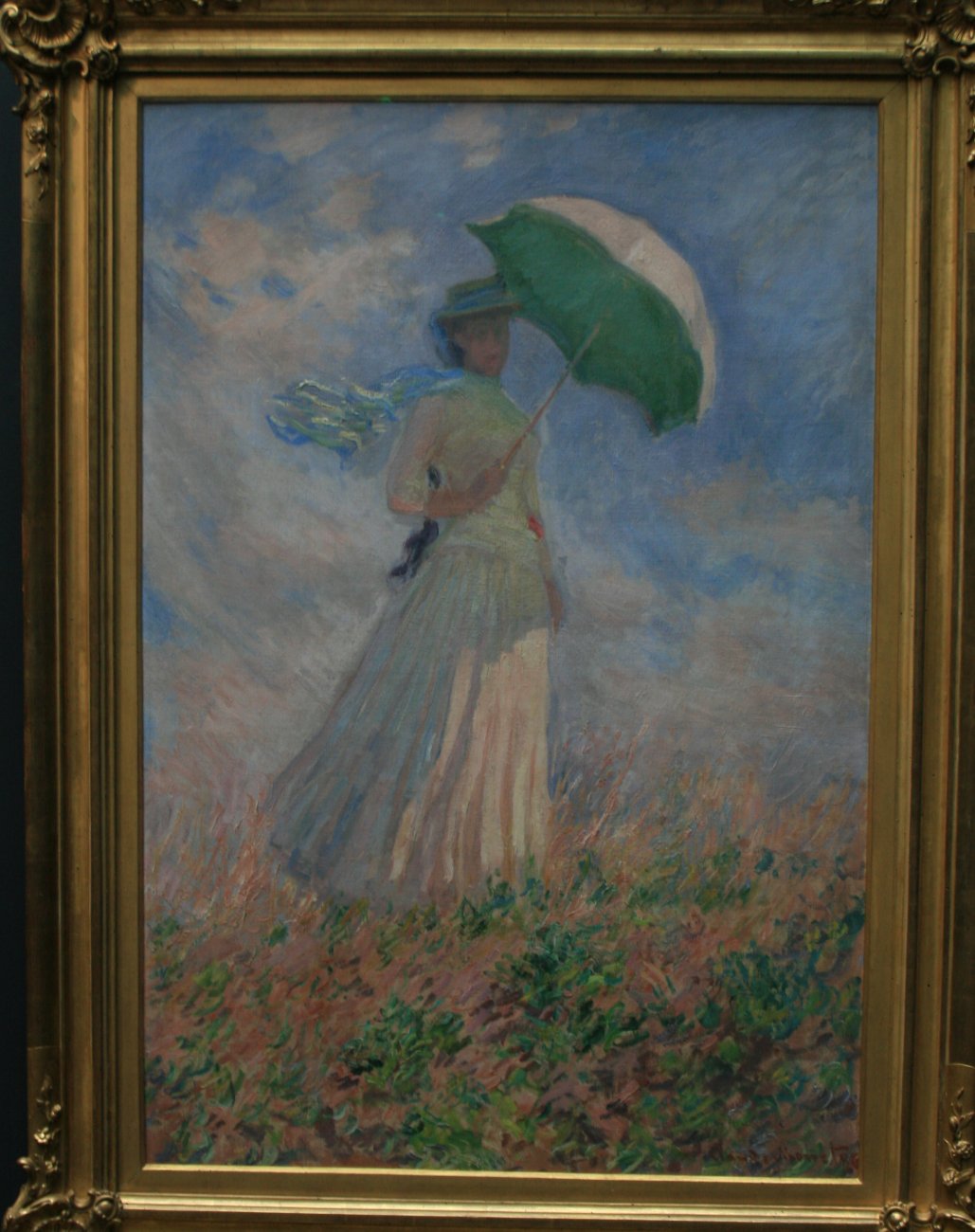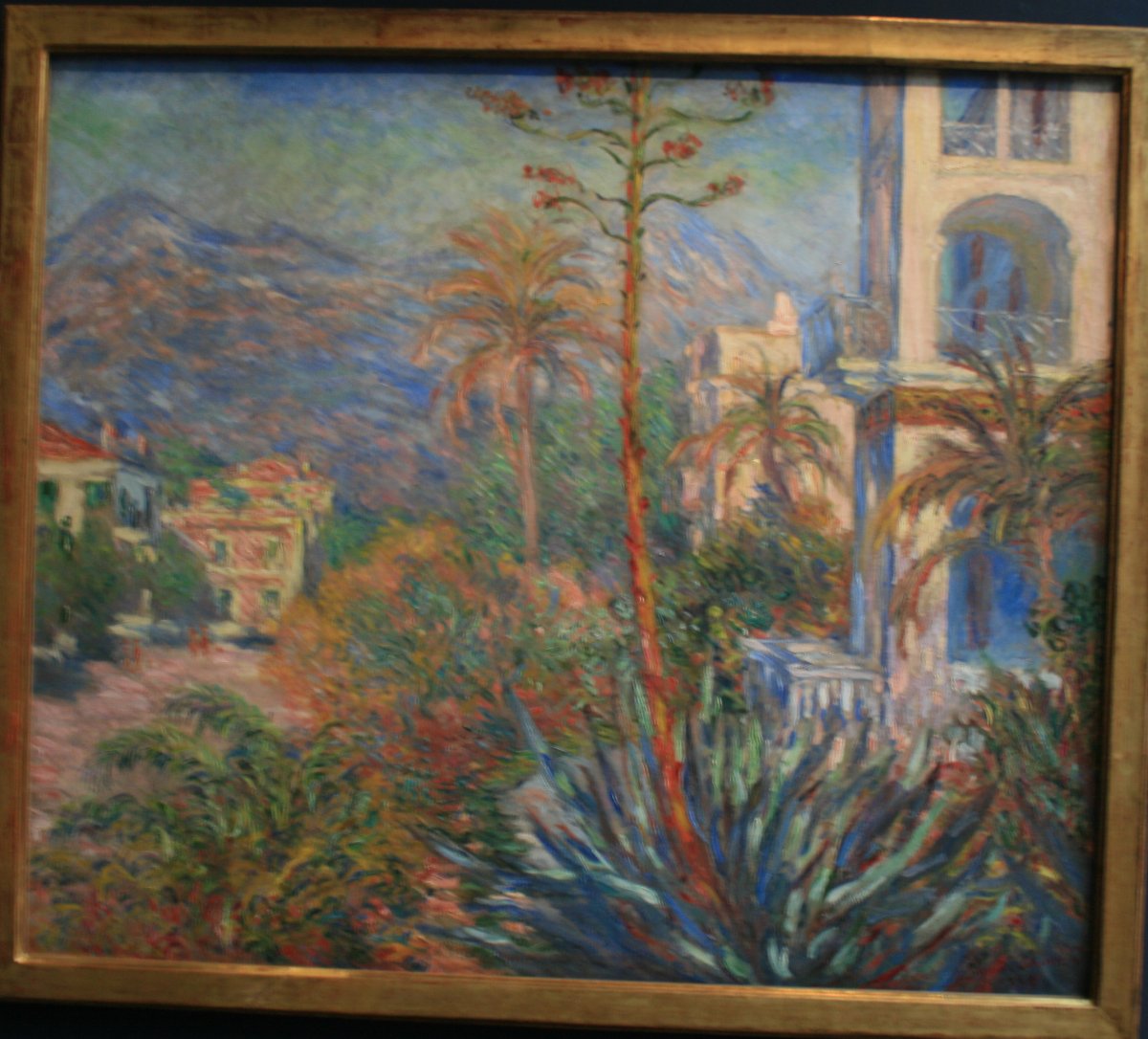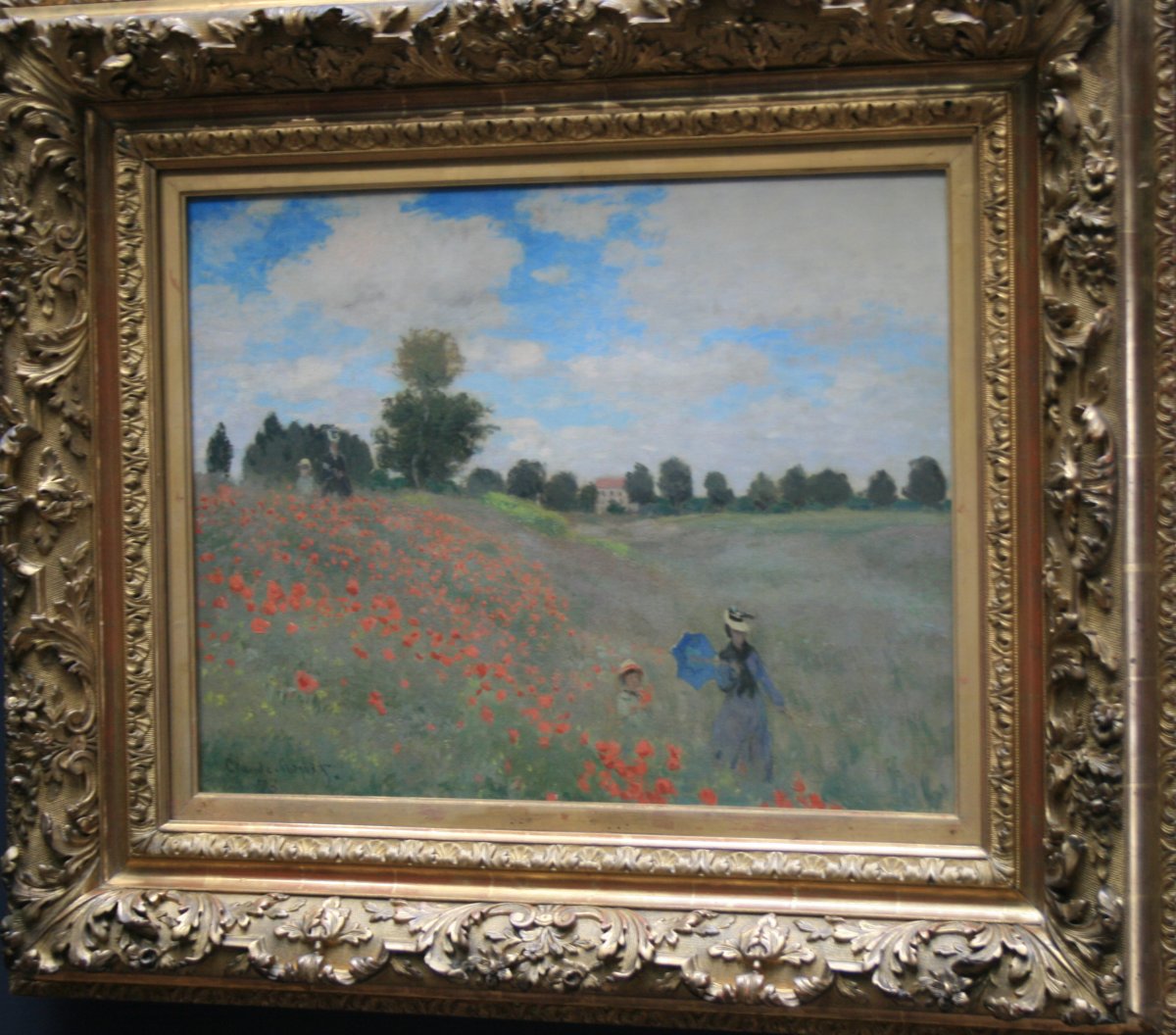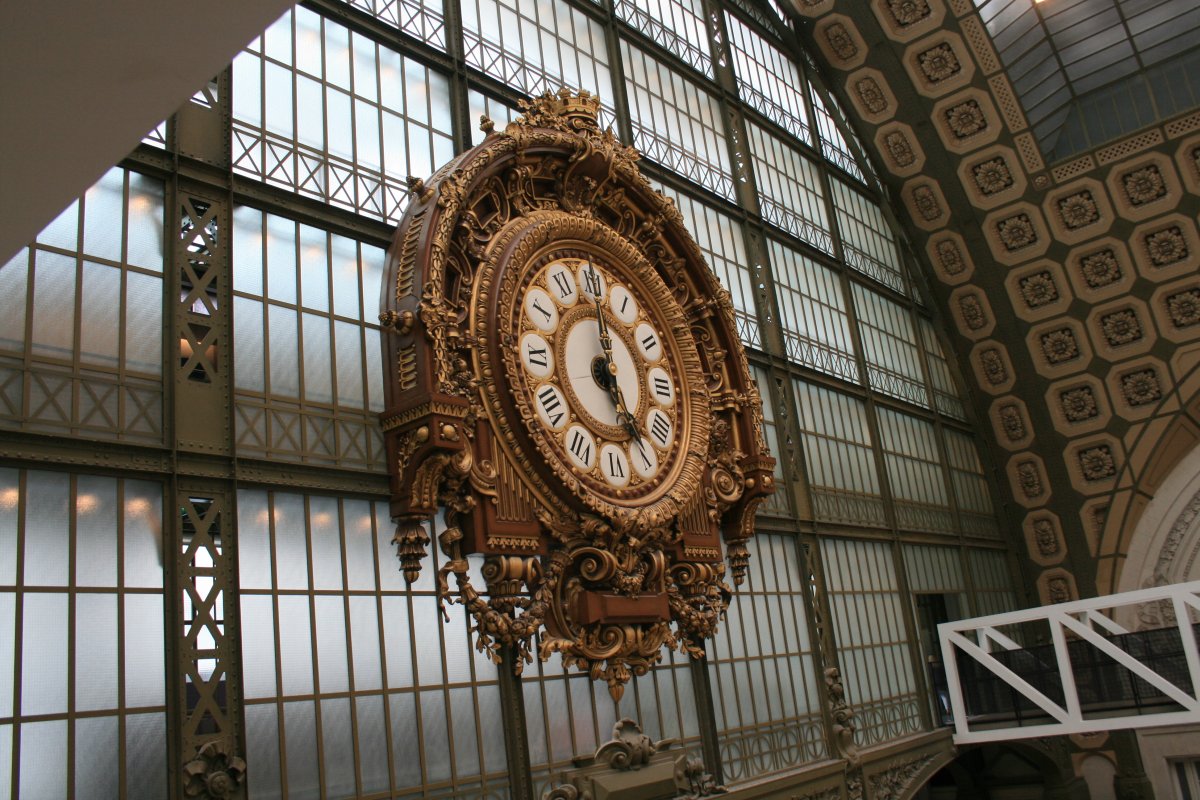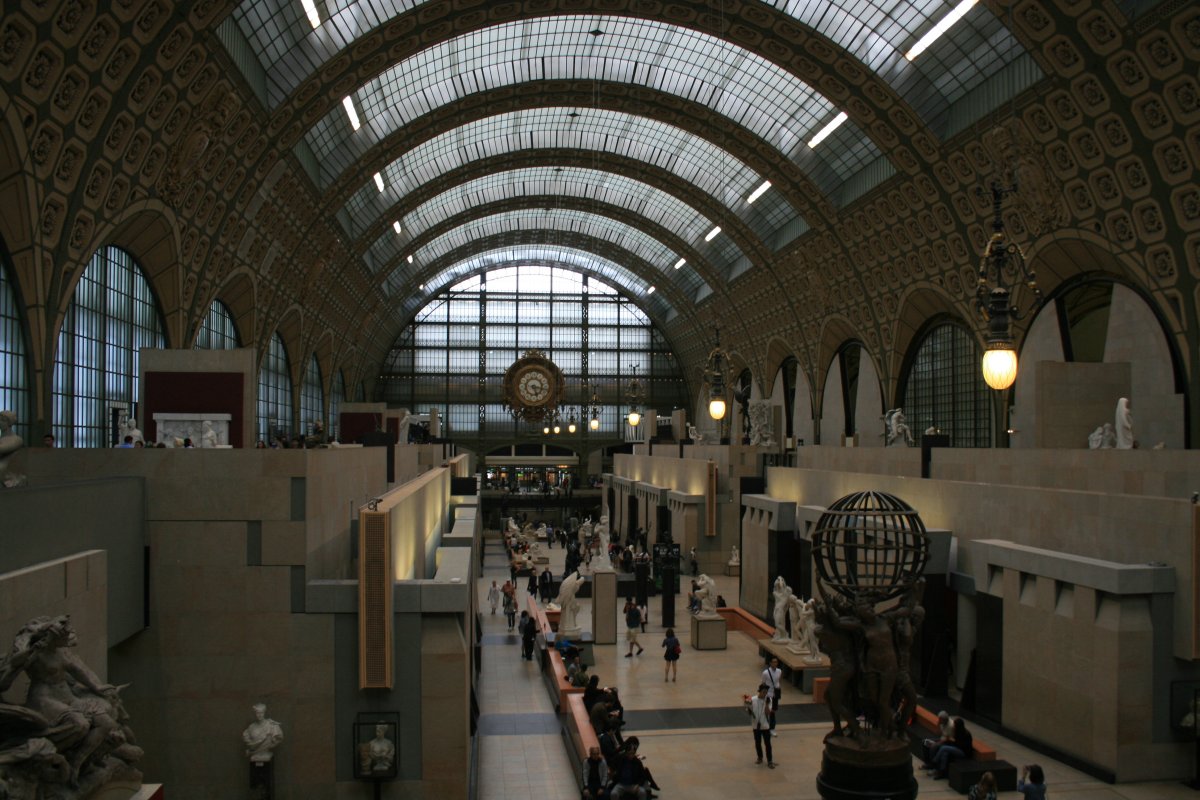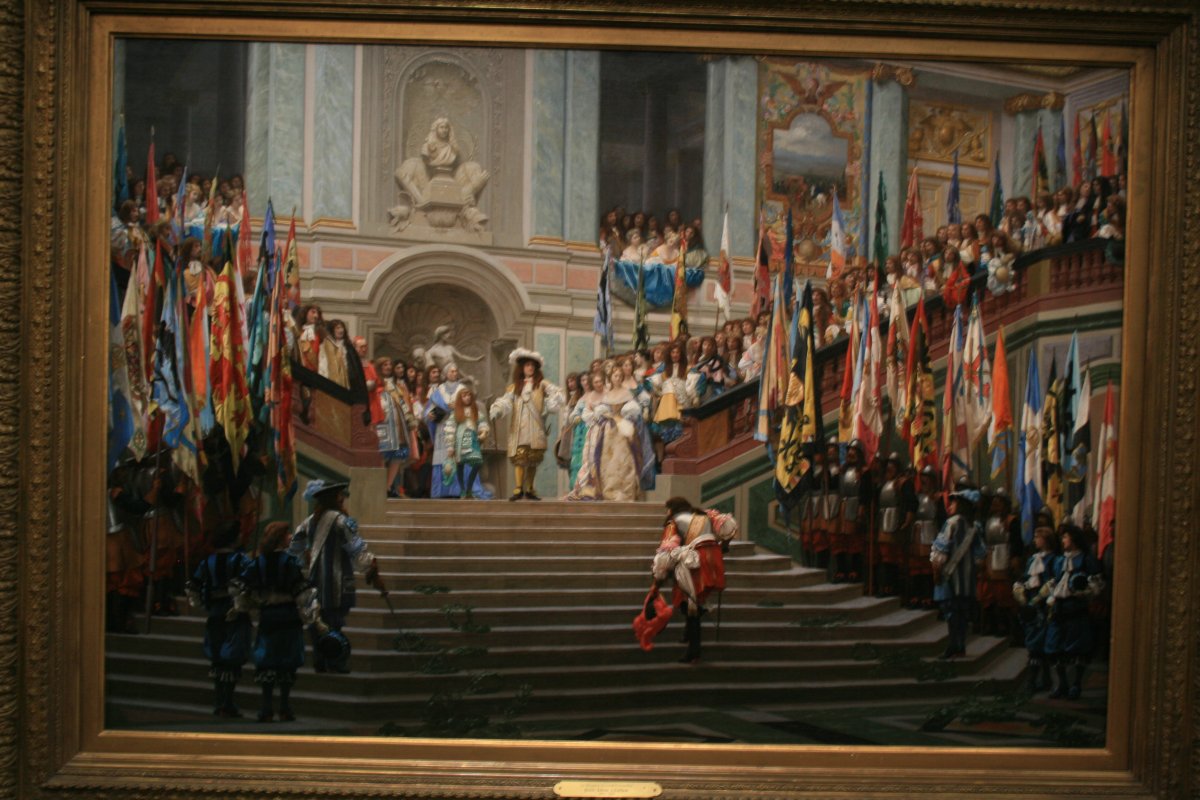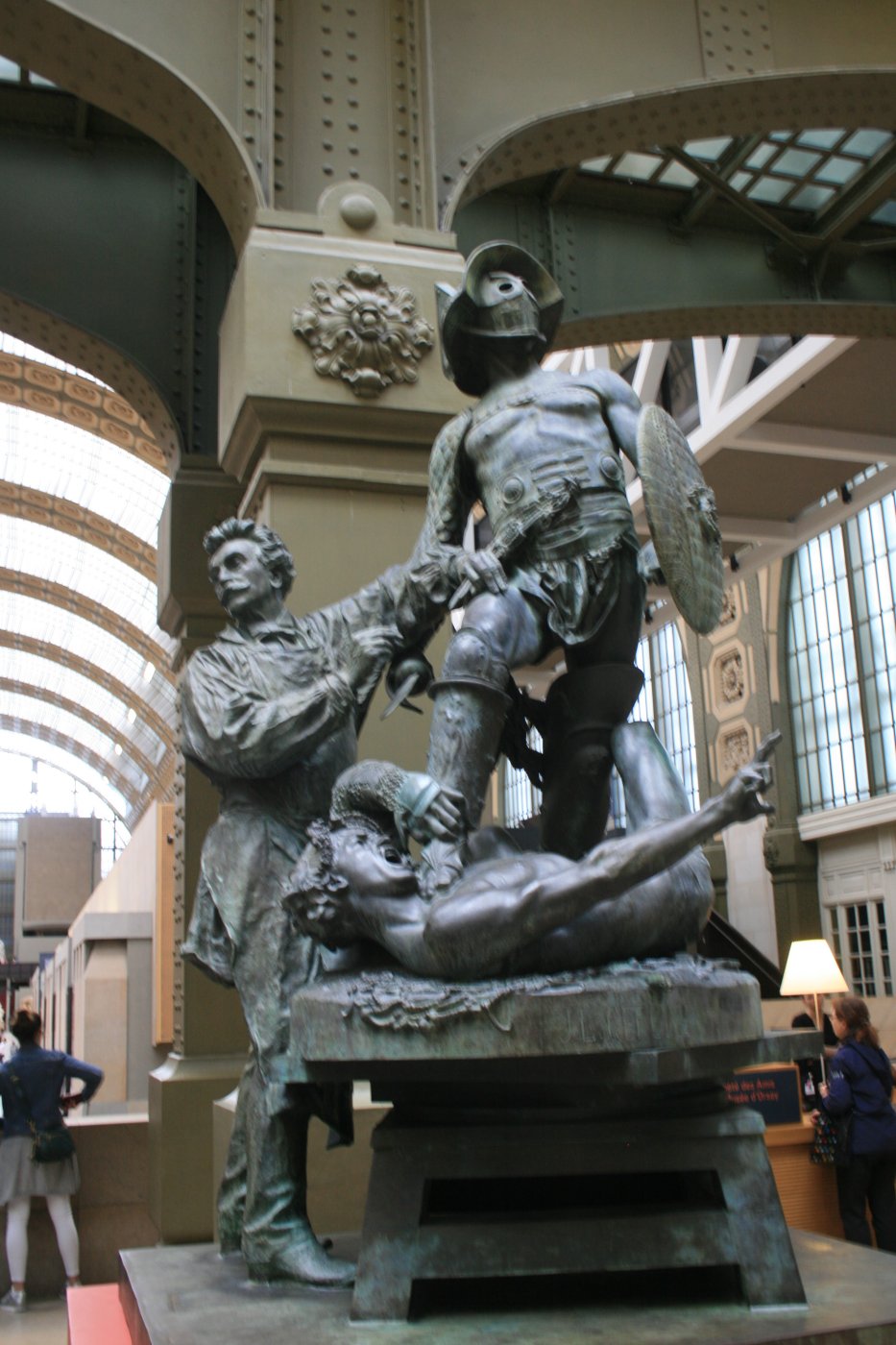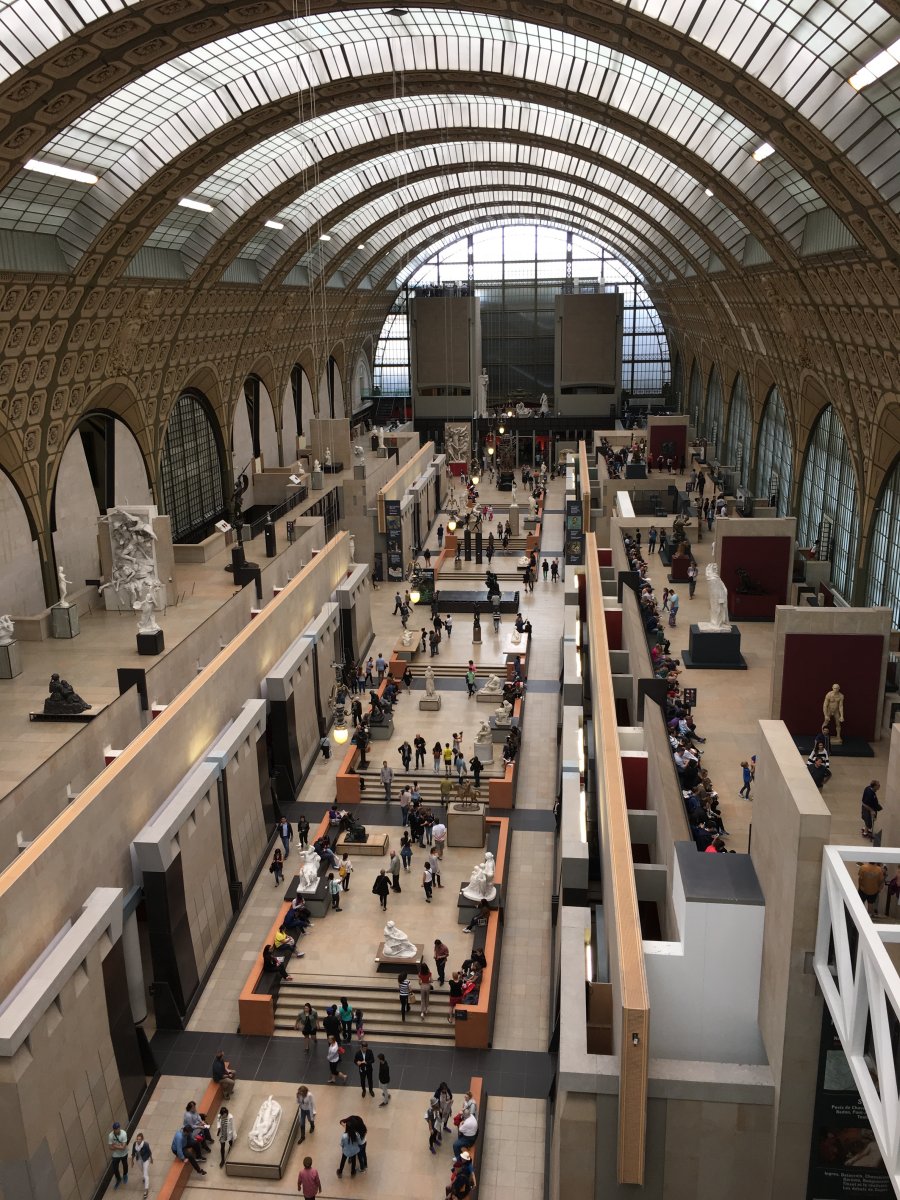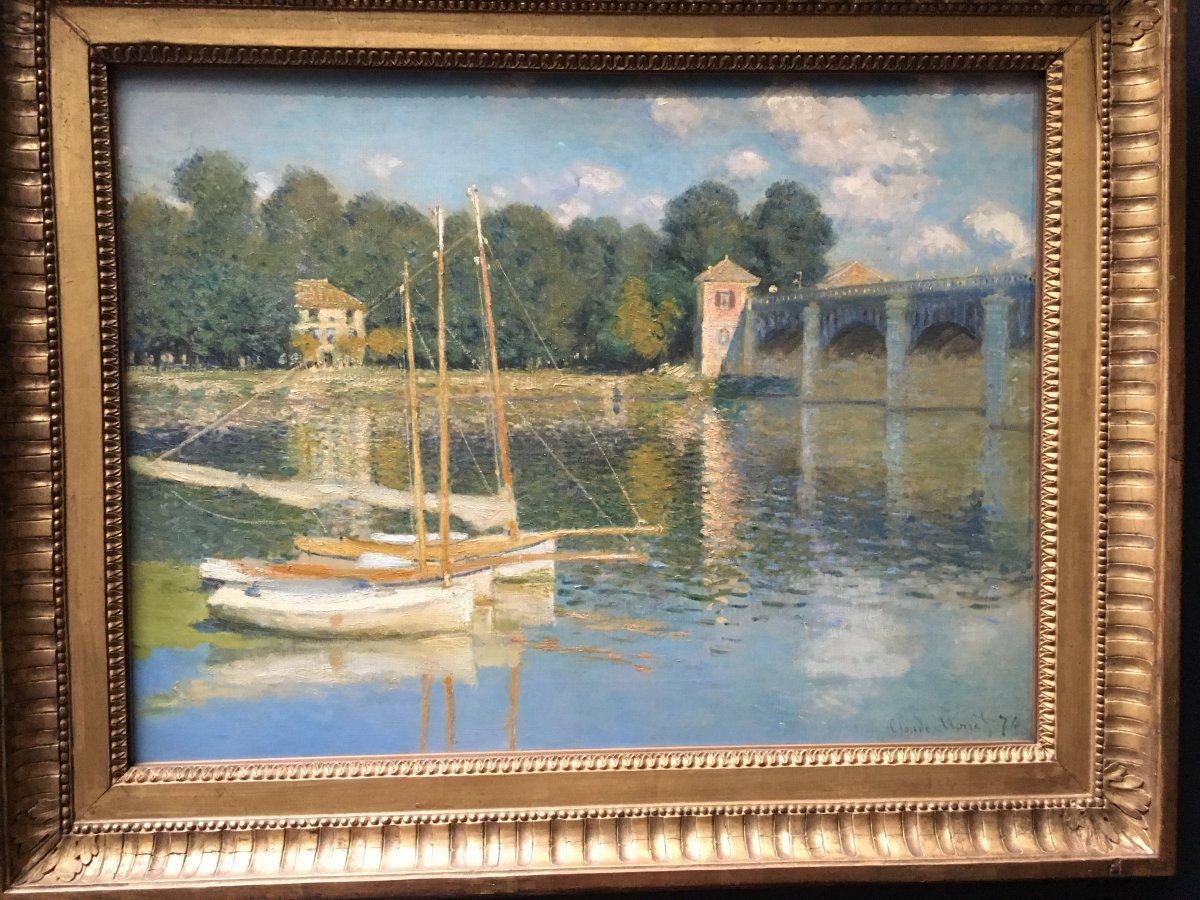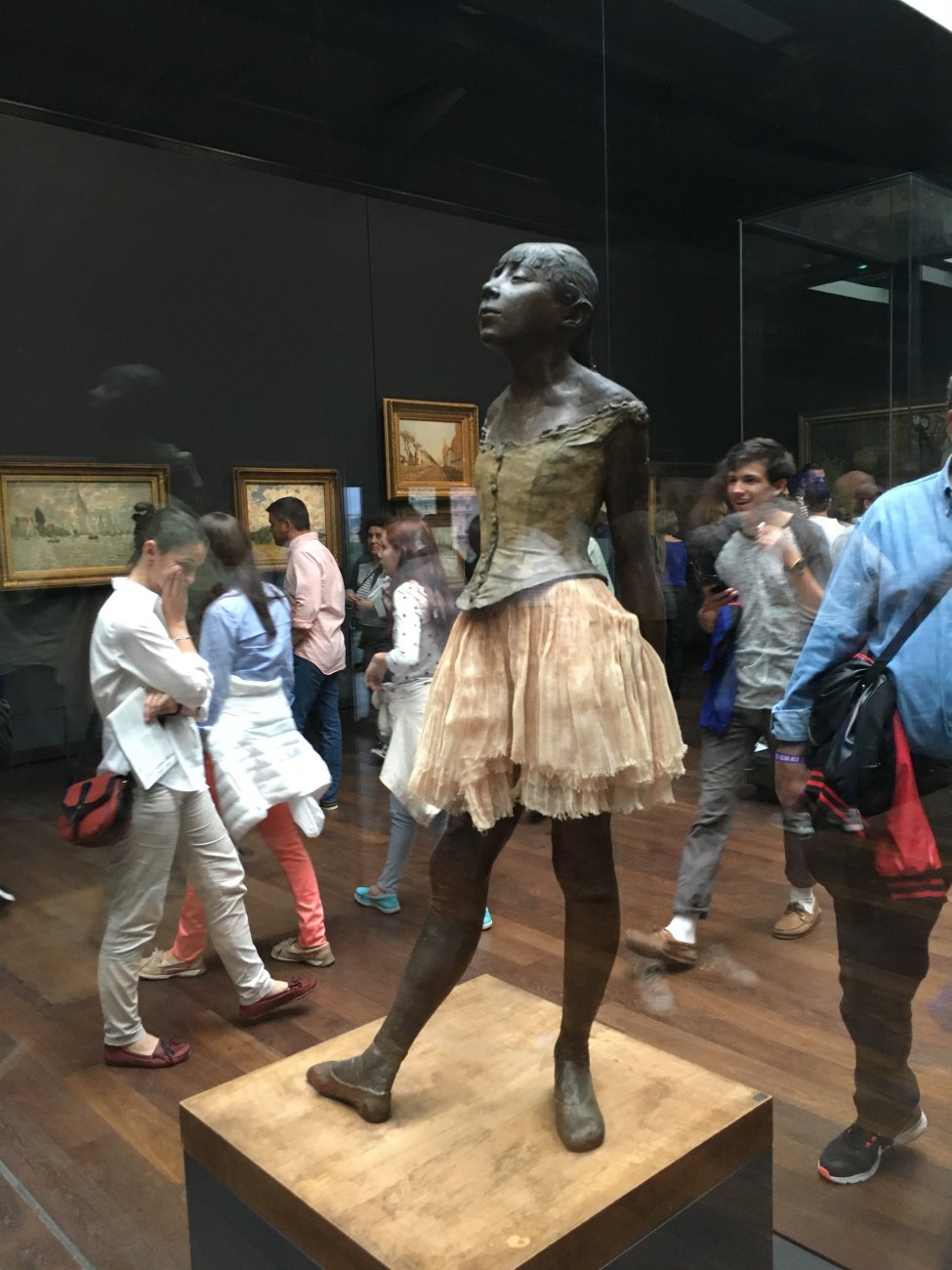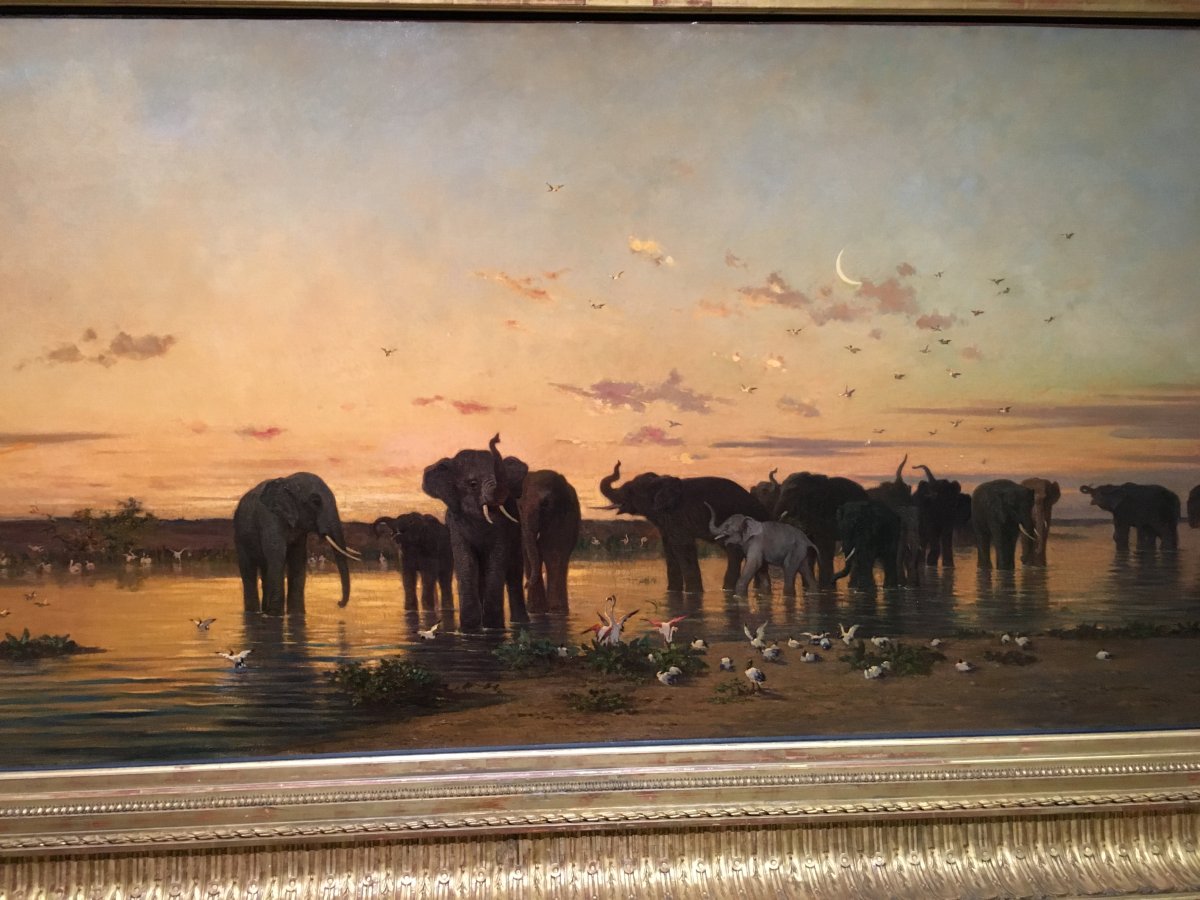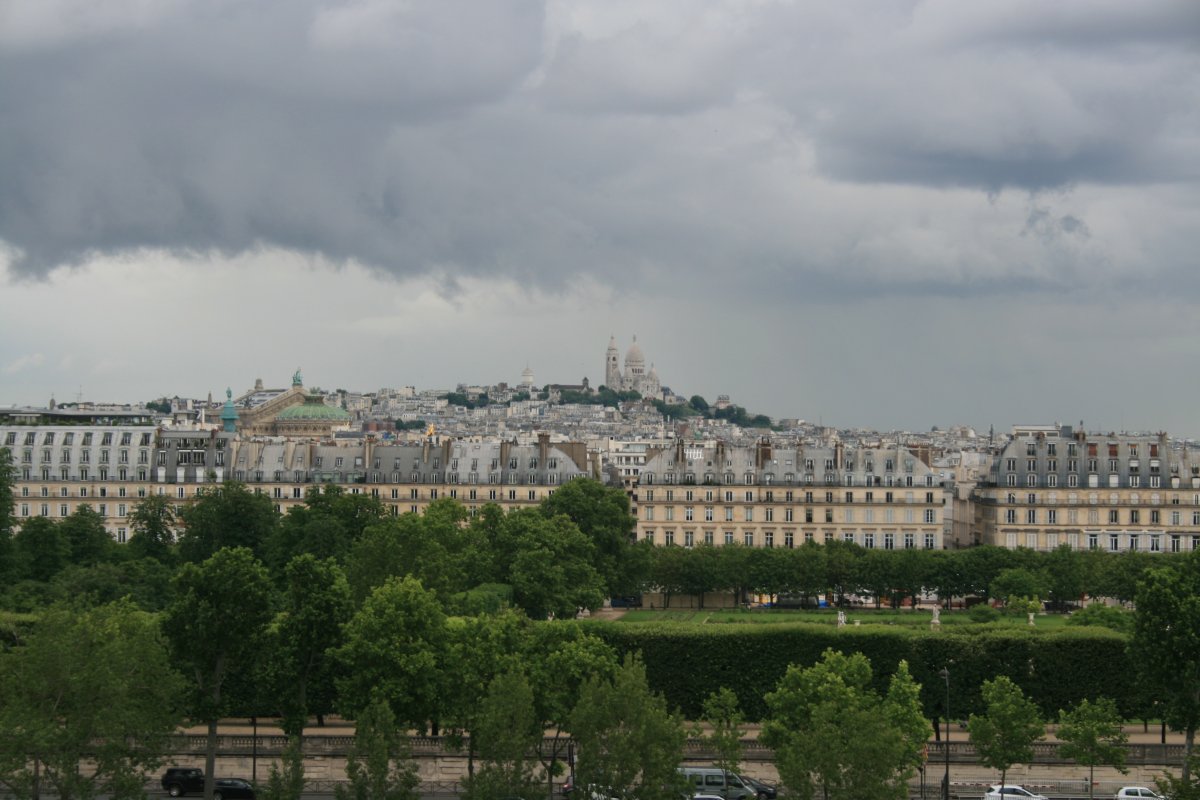France June 2016 - Musee D'Orsay
Next on the agenda, the Musee d'Orsay, one of the world's great art museums. From Rick Steves' France: The Musee d'Orway houses French art of the 1800s and early 1900s, picking up where the Louvre's art collection leaves off. For us, that means Impressionism, the art ofr sun-dappled fields, bright colors, and crowded Parisian cafes. The Orsay houses the best general collection anywhere of Manet, Monet, Renoir, Degas, Van Gogh, Cezanne, and Gauguin.
Here Lynnette stands ready to go check out the Impressionist Art. The Orsay is very popular, and gets a lot of visitors, but we were lucky and did not have to wait long to get in.
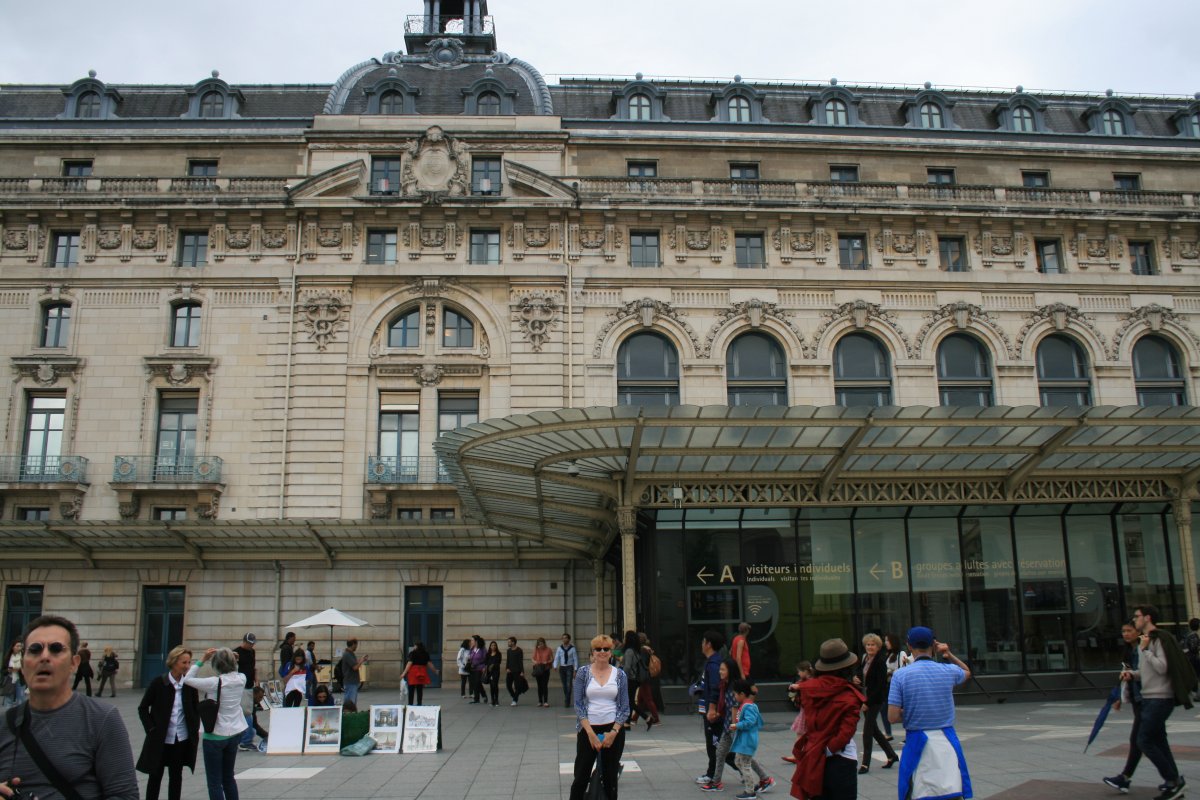

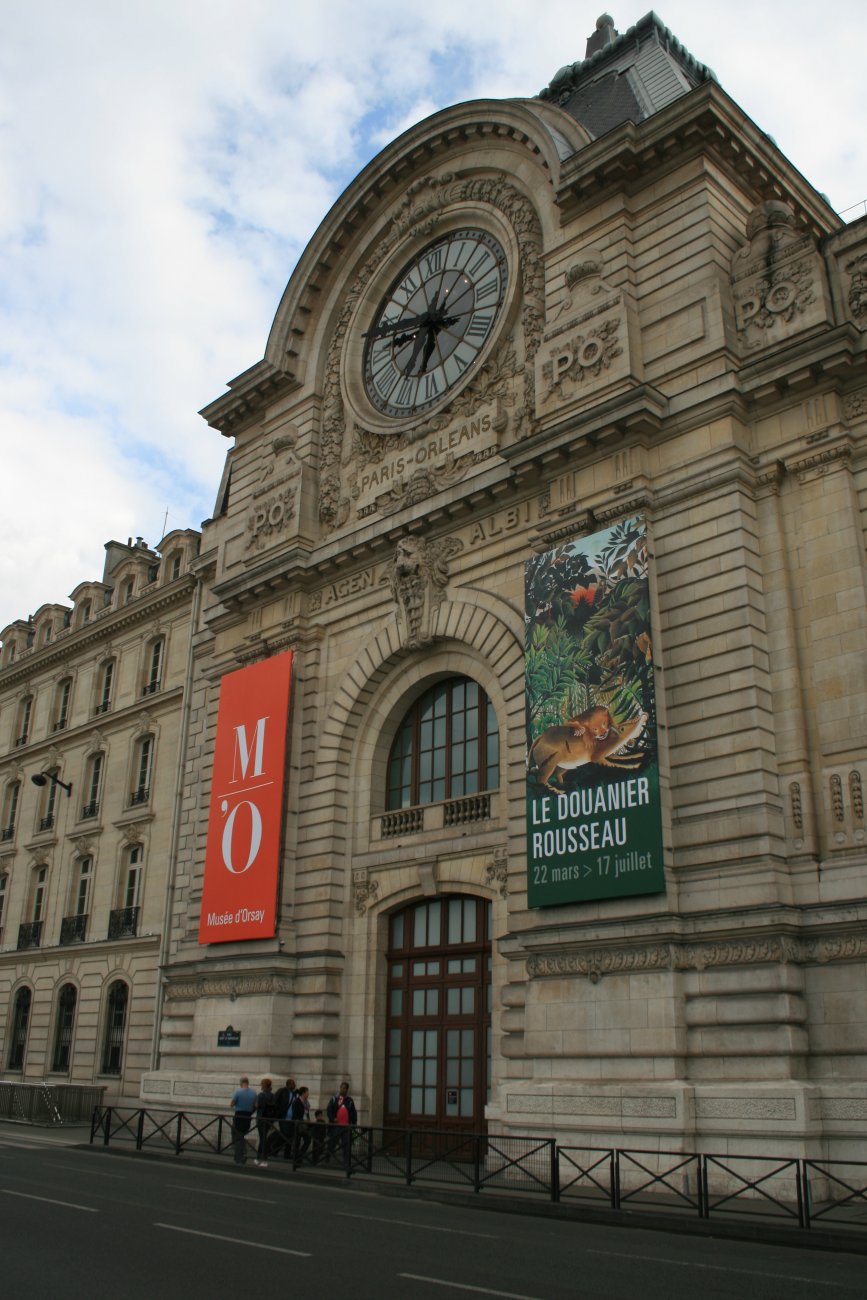
The museum building was originally a railway station, Gare d'Orsay, constructed for the Chemin de Fer de Paris à Orléans and finished in time for the 1900 Exposition Universelle. It was the terminus for the railways of southwestern France until 1939.
By 1939 the station's short platforms had become unsuitable for the longer trains that had come to be used for mainline services. After 1939 it was used for suburban services and part of it became a mailing centre during World War II. It was then used as a set for several films.
In 1970, permission was granted to demolish the station but Jacques Duhamel, Minister for Cultural Affairs, ruled against plans to build a new hotel in its stead. The station was put on the supplementary list of Historic Monuments and finally listed in 1978. The suggestion to turn the station into a museum came from the Directorate of the Museum of France. The idea was to build a museum that would bridge the gap between the Louvre and the National Museum of Modern Art at the Georges Pompidou Centre. The plan was accepted by Georges Pompidou and a study was commissioned in 1974. In 1978, a competition was organized to design the new museum. In July 1986, the museum was ready to receive its exhibits. It took 6 months to install the 2000 or so paintings, 600 sculptures and other works. The museum officially opened in December 1986 by then-president François Mitterrand.
From 2020 on, the Musée d’Orsay is scheduled tp undergo a radical transformation over the next decade, funded in part by an anonymous US patron who donated €20 million to a building project known as Orsay Grand Ouvert (Orsay Wide Open).
Picture by Daniel Vorndran